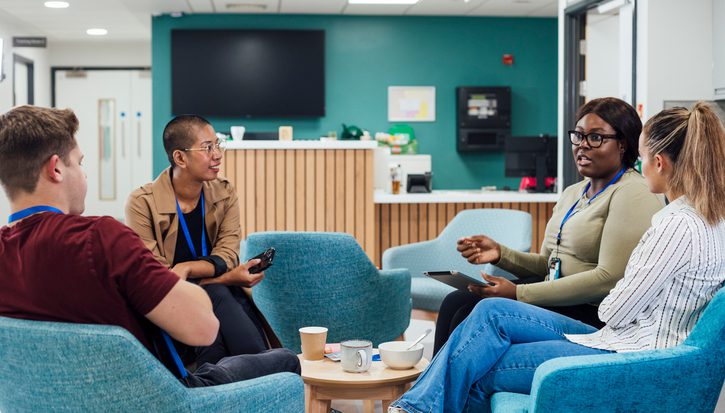Power to the people? Tackling the gender imbalance in combined authorities and local government
Article
The UK general election in June 2017 saw a rise in voter turnout among 18- to 24-year-old women, with participation up from 44 to 53 per cent compared with the 2015 general election. However, so far there is little evidence to suggest that this will translate into higher levels of party membership and political representation among women. Despite making up half of the population and voting in the same numbers as men, on average only 34 per cent of women are a member of a political party, typically the first step into participating into local politics.
We argue that political parties and institutions must seize the recent increase in voter turnout among young women to dramatically increase the numbers of women going into local politics. This must be complemented by a series of radical reforms to improve the pipeline of women rising to the top in local politics, and to correct the absence of women at the top of combined authorities.
Related items

Rule of the market: How to lower UK borrowing costs
The UK is paying a premium on its borrowing costs that ‘economic fundamentals’, such as the sustainability of its public finances, cannot fully explain.
Restoring security: Understanding the effects of removing the two-child limit across the UK
The government’s decision to lift the two-child limit marks one of the most significant changes to the social security system in a decade.
Building a healthier, wealthier Britain: Launching the IPPR Centre for Health and Prosperity
Following the success of our Commission on Health and Prosperity, IPPR is excited to launch the Centre for Health and Prosperity.